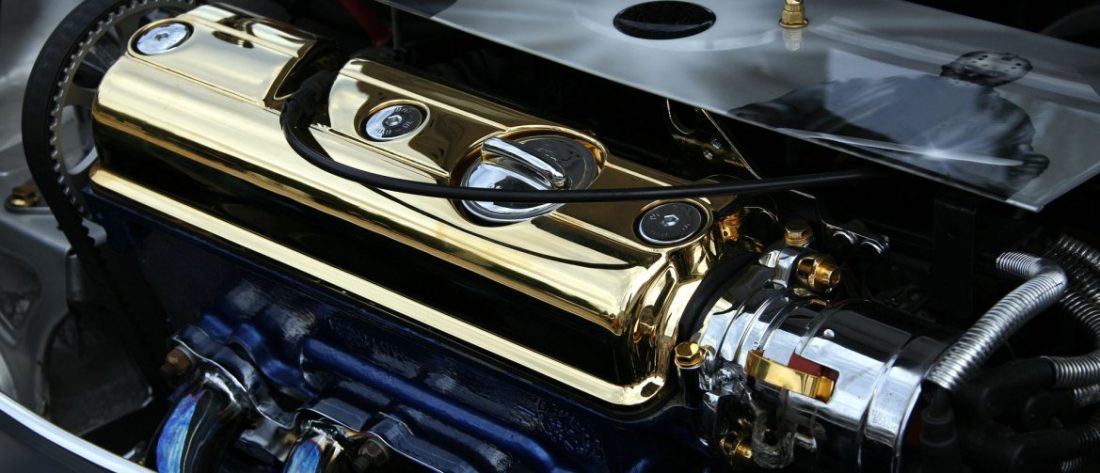
Motor design - description
Content

The first working electric motor was created in the United States in 1837 thanks to Thomas Davenport, who supplied it with an electromagnet. How does an electric motor work and how does it work?
The device and operation of the electric motor
An electric motor works by converting electrical energy into mechanical energy. Simply put: an electric current that is supplied to a motor sets it in motion. Electric motors can be divided into DC, AC and universal motors.
The design of the motor includes brushes, commutators, magnets and rotors, that is, frames. The brushes supply the motor with electricity, the switches change their direction in the frame, the magnets create the magnetic field needed to set the frame in motion, and the current drives the rotors (frames).
The operation of the electric motor is based on the rotation of the rotor. It is driven by electrically conductive windings placed in a magnetic field. Magnetic fields collide with each other causing the bezel to move. Further rotation of the current is possible using switches. This is due to the rapid change in the direction of the current through the frame. The switches make a further turn of the frame in one direction - otherwise it will still return to its original position. Upon completion, the described process starts its cycle again.
Construction of an electric motor in a car
An electric motor in a car must have high values of the rated torque and rated power, obtained from the unit of volume and mass, as well as a good multiplication factor of the maximum by the rated torque. It is also important to have high efficiency over the widest rotor speed range. These requirements are most closely matched by permanent magnet synchronous motors designed for operation with two-zone speed control.
Motor design - description
The simplified design of an electric motor consists of a magnet, a frame located between the poles of the magnets, a commutator used to change the direction of the current, and brushes that supply current to the commutator. Two brushes sliding along the ring supply current to the frame.

